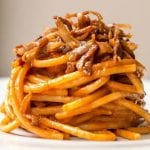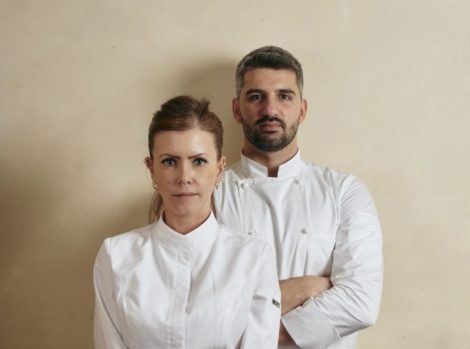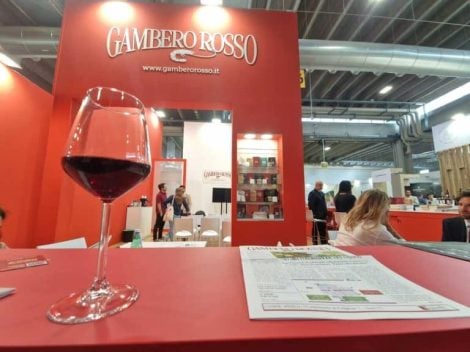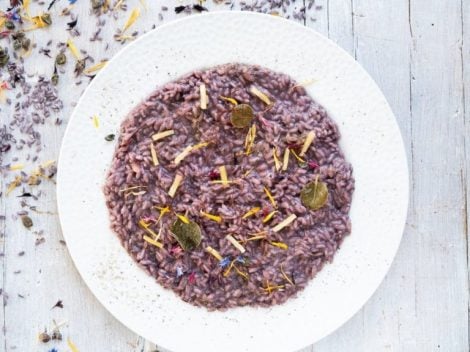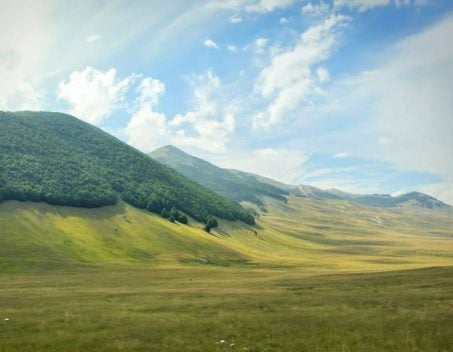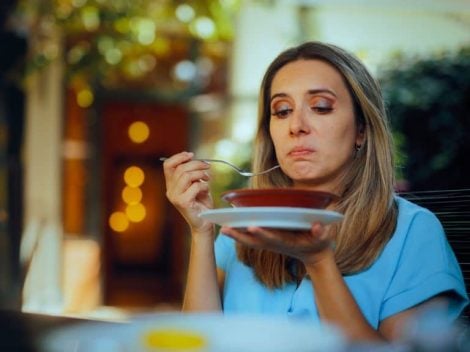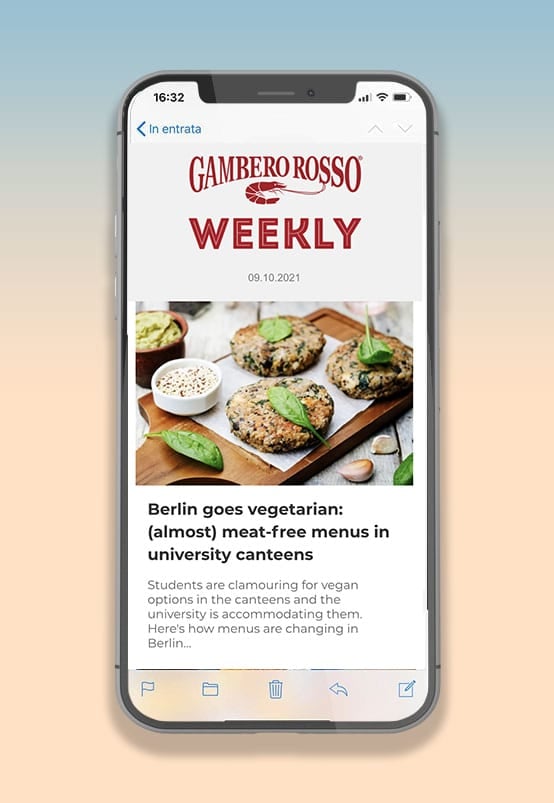While Barolo and Barbaresco still dominate the scene among Piedmont’s most appreciated red wines, it is Nebbiolo, with its other denominations (even the lesser-known ones like the Albugnano DOC), that plays the leading role in its more accessible versions. Indeed, for some time now, the "Nebbiolisation" of the Langhe vineyard, initially met with scepticism, has proven to be a winning move.
Thanks to this phenomenon, Piedmontese producers have been able to make the most of the peculiarities of a grape variety that, despite accounting for only 3% of the region's cultivated area, is considered the undisputed king of elegance and complexity. Langhe Nebbiolo DOC, less structured and long-lasting compared to the more renowned Barolo and Barbaresco, was created to offer wines with freshness, red berry fruits, and pleasant light spicy notes. These wines are meant to be enjoyed immediately, though some can be kept for a few years. In this denomination, it is also permitted to use up to 15% of other authorised red grapes, while 85% remains Nebbiolo, a grape characterised by low anthocyanins (hence low colour), high tannins, and good acidity.
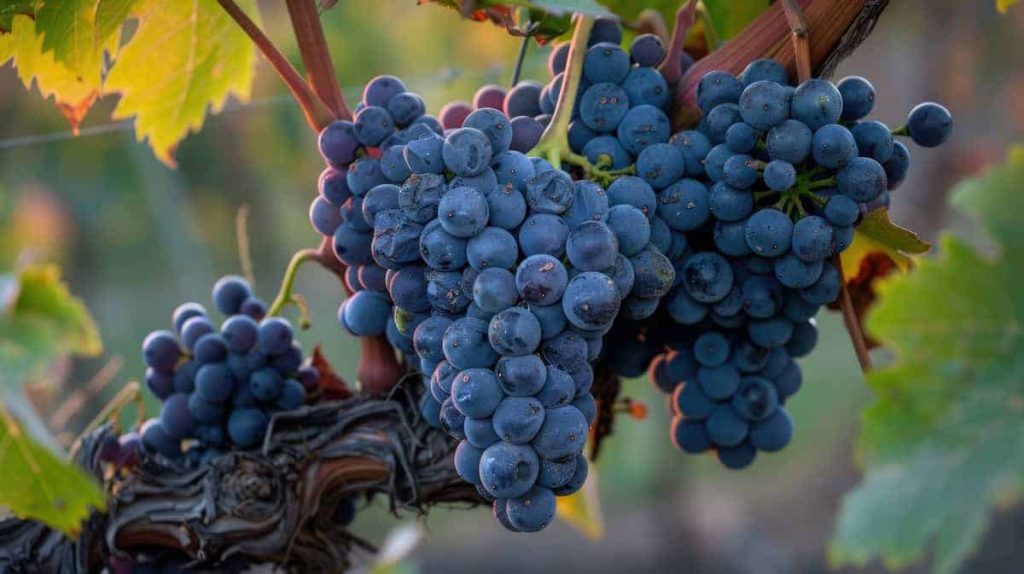
A bit of history
The Langhe has historically been the first area in Italy to focus on quality. Its wines were renowned for their quality as early as the 18th century, supplying the Savoy House. Cavour, together with French oenologist Louis Oudart, played a crucial role in transforming Barolo into a dry wine "à la française." However, the significant development occurred, as with all Italian wines, over the past forty to fifty years. Until the 1970s, there were few companies that vinified, bottled, and marketed the grapes of many growers. Today, there are hundreds of small winemakers who vinify and bottle their own grapes.
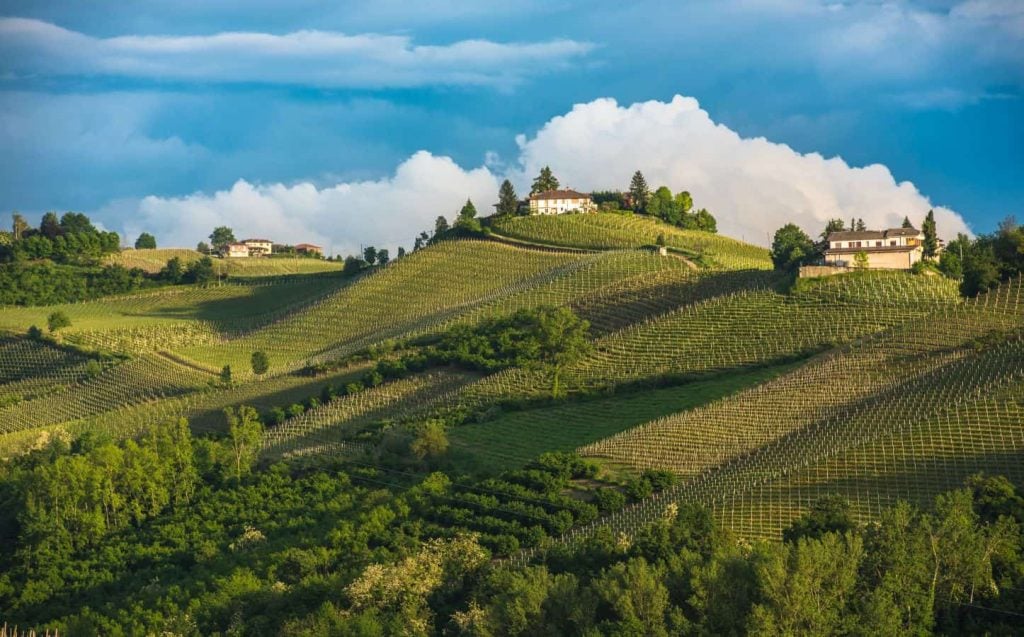
The qualitative leap occurred in the 1980s, thanks to pioneers like Angelo Gaja and Elio Altare, who revolutionised wine production by introducing techniques such as low vineyard yields and the use of barriques. The 1990s saw a return to traditional methods, such as large casks and extended macerations on the skins, while Barolo and Barbaresco conquered the international scene. This success came at the expense of Barbera and Dolcetto and sparked speculative trends in the denomination, significantly increasing wine prices and driving up the cost of vineyard land. This theme has sparked recent controversies, including sharp criticism from Carlo Petrini regarding inflated land prices and bottle speculation.
Langhe Nebbiolo wines offering the best value for money
In the list below, we have selected Langhe Nebbiolo chosen from those we liked most during tastings for the Gambero Rosso Vini d'Italia and Berebene guides.
Prinsi is the winery owned by the Lequio family, managed by Franco, who began bottling in 1967, building on the legacy of founder Ottavio, along with his wife Silvana and son Daniele, who has been involved since 1999. Most of the land is cultivated for the production of various Barbaresco crus. We recommend this 2022 Sandrina Nebbiolo (which earned Due Bicchieri Rossi - Two Red Glasses, reaching the finals), with its light ruby colour, rosehip, currant, and raspberry aromas, and pleasantly tannic profile.
The winery was established in the 1950s by Giuseppe Boasso, but it was his son Franco in the 1970s and 1980s who gave it a decisive turn. The cellar, now run by Franco's sons Ezio and Claudio, is located at the heart of the Gabutti Additional Geographical Mention, and its Barolo crus are the crown jewels. However, this 2022 Nebbiolo also stands out, with its rosehip and black pepper aromas, savoury and fresh taste.
This small winery began its journey in 2003 when the Boffa family took over the business, restoring the 20th-century farmhouse and creating a modern, organically run winery that favours a classic production style with traditional winemaking methods, respecting the territory. The 2022 Nebbiolo is enjoyable, smooth, and well-balanced, with wild strawberry aromas and hints of aromatic herbs.
The Massolino family winery carries a direct reference to the Vigna Rionda, famous since the 19th century and made renowned in the late 1960s by Bruno Giacosa, although the Massolinos, with foresight, acquired parts of it as early as 1956. Over time, other Barolo crus have joined the production. In the Berebene guide, we highlight this Nebbiolo, with its violet and rosehip petal aromas, rich and quite long on the palate.
In 1974, entrepreneur Ernesto Dellapiana and his wife Lia left the city of Turin to return to the lands that had always belonged to the family, becoming farmers. Over the years, the winery expanded with various acquisitions, reaching the current 44 hectares. The parents were joined by their children, Jole and Enrico. Centred on Barbaresco crus, the winery also produces this 2022 Nebbiolo, with floral and citrus aromas, fresh and well-structured on the palate.
Simple yet refined and pleasantly persistent on the palate, the Langhe Nebbiolo La Chiusa 2022 embodies elegant essentiality. Quinto Chionetti grew the family winery from its foundation in the mid-1950s until 2013 when his grandson Nicola took over. The Chionetti family, among the first to revalue Dolcetto di Dogliani, remains one of the most significant producers of this denomination. Since 2015, their production focus has shifted towards Barolo, with the acquisition of vineyards in the Parussi, Roncaglie, and Bussia crus.
The Langhe Nebbiolo Fuschìa 2022 offers pomegranate notes and is juicy and smooth. This small family-run winery was established in 2016 and has several vineyards, most located in Priocca, with one exception in Vezza d'Alba, on the typical sandy soils of the Roero. Classic left-bank Tanaro varieties are cultivated, including Arneis, Barbera, and Nebbiolo, recently joined by Timorasso, Riesling, and Bianver. The wines have a modern approach, aiming to best express the territory and the grape variety.
Fresh and elegant, this 2022 Langhe Nebbiolo boasts fragrant red fruit aromas and good flavour development, with a spicy and quite long finish. The Brezza family's winery has been active since the late 19th century, intertwining its journey with that of the Marchesi di Barolo, from whom they acquired significant plots in 1880. The first bottlings date back to 1910, and the winery has maintained a consistent approach passed down through generations. Minimal concessions to fleeting trends underscore the preservation of style and tradition.

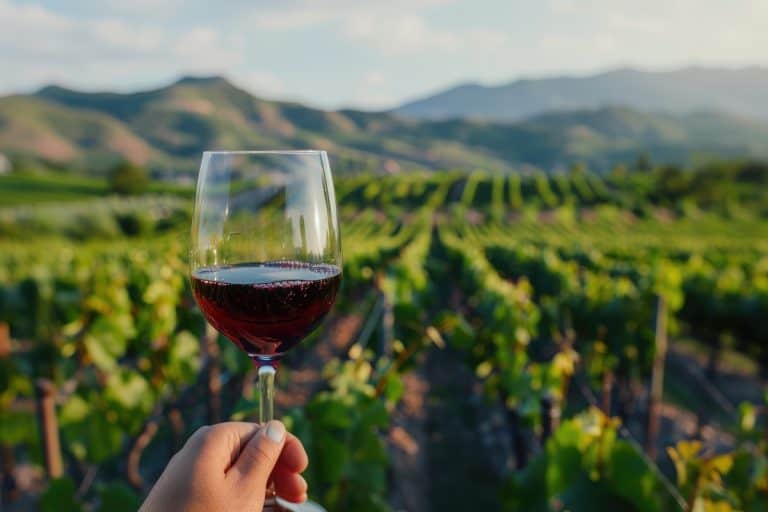
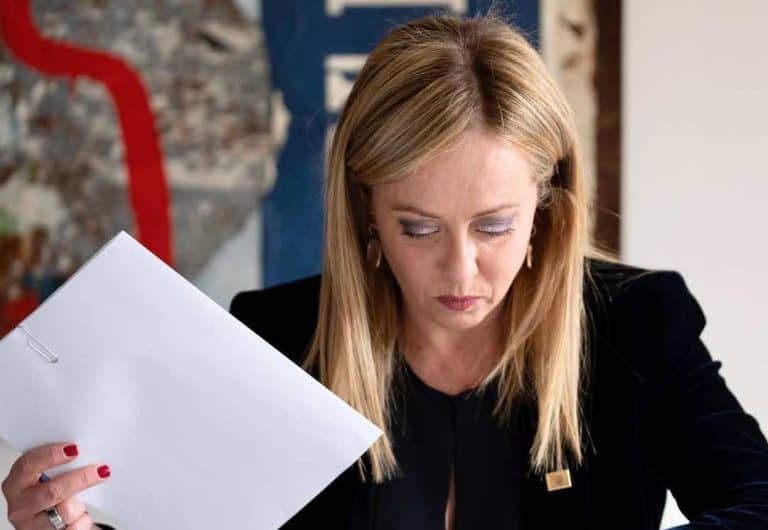 Meloni: "Tariffs? If necessary, there will be consequences. Heavy impact on agri-food sector"
Meloni: "Tariffs? If necessary, there will be consequences. Heavy impact on agri-food sector"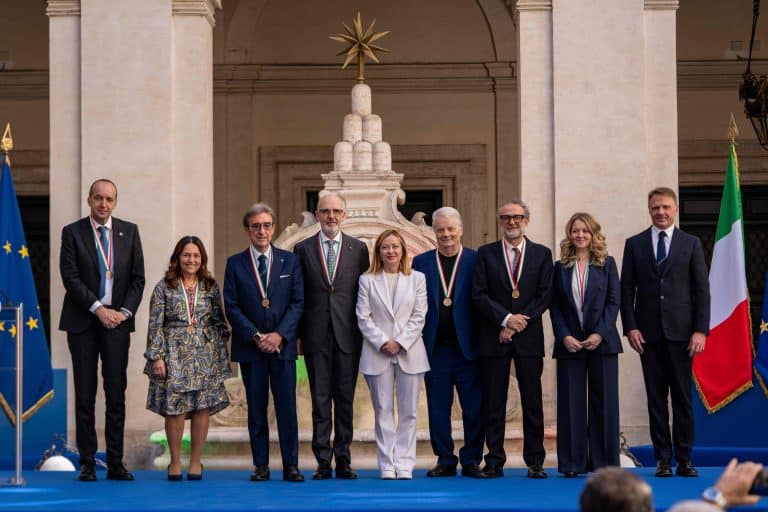 The Government honours the greats of Italian cuisine, from Bottura to Pepe. Massari: "Thank you, Meloni, the only one who listened to us"
The Government honours the greats of Italian cuisine, from Bottura to Pepe. Massari: "Thank you, Meloni, the only one who listened to us"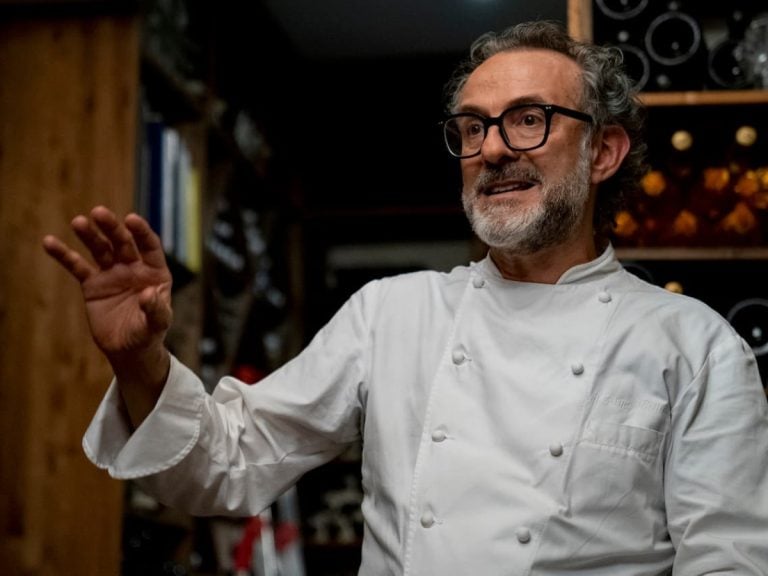 "We must promote a cuisine that is not just for the few." Interview with Massimo Bottura
"We must promote a cuisine that is not just for the few." Interview with Massimo Bottura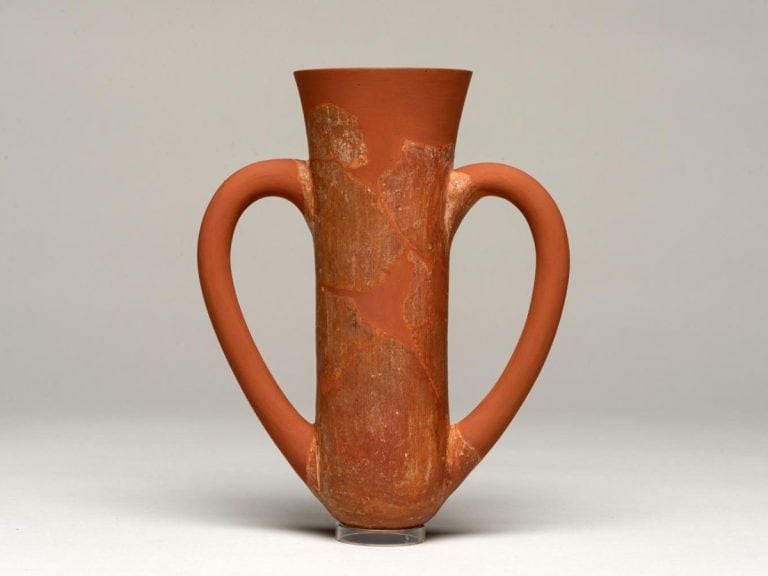 Wine was a drink of the people as early as the Early Bronze Age. A study disproves the ancient elitism of Bacchus’ nectar
Wine was a drink of the people as early as the Early Bronze Age. A study disproves the ancient elitism of Bacchus’ nectar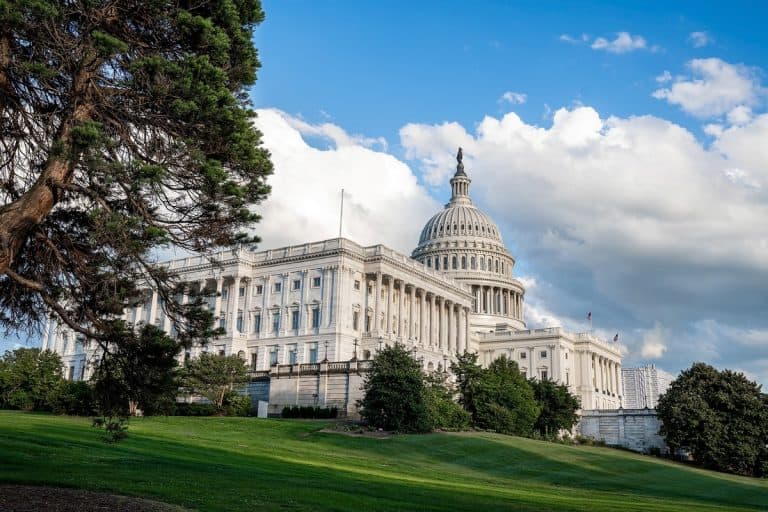 "From 2nd April, US tariffs between 10% and 25% on wine as well." The announcement from the Wine Trade Alliance
"From 2nd April, US tariffs between 10% and 25% on wine as well." The announcement from the Wine Trade Alliance